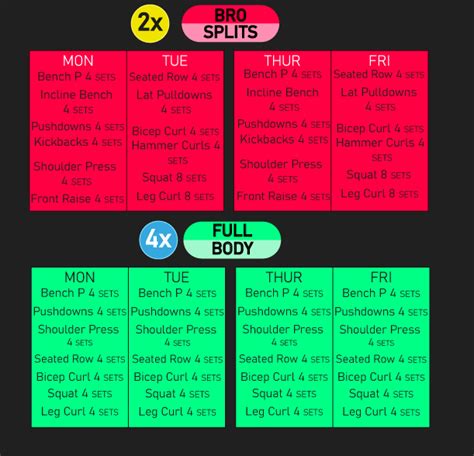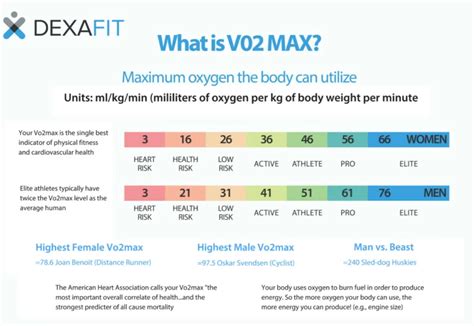Maximize workout recovery to boost muscle growth & maintain peak daily performance?
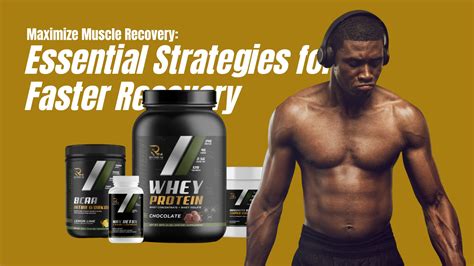
In the pursuit of greater strength, endurance, and a more sculpted physique, many athletes and fitness enthusiasts focus intensely on their training sessions. However, the secret weapon to unlocking true progress and maintaining high energy levels day after day isn’t just in how hard you train, but how effectively you recover. Maximizing workout recovery is paramount not only for stimulating muscle growth but also for preventing overtraining, reducing injury risk, and ensuring you operate at your peak daily performance, both inside and outside the gym.
The Pillars of Effective Recovery
Effective recovery is a multi-faceted process that extends far beyond simply resting. It involves a strategic approach to allow your body to repair damaged tissues, replenish energy stores, and adapt to the demands placed upon it. Neglecting any of these pillars can significantly hinder your progress and overall well-being.
Nutrition: Fueling Repair and Growth
What you consume post-workout, and throughout the day, directly impacts your body’s ability to recover. Protein is crucial for muscle protein synthesis, the process by which muscles repair and rebuild. Aim for a high-quality protein source shortly after training and continue to consume adequate protein with every meal.
Carbohydrates are equally vital for replenishing glycogen stores, your body’s primary energy source, which are depleted during intense exercise. Consuming complex carbohydrates helps sustain energy and aids in protein absorption. Don’t forget healthy fats, which support hormone production and reduce inflammation.

Sleep: Nature’s Ultimate Restorative
Perhaps the most underestimated recovery tool is sleep. During deep sleep (non-REM stage 3), your body releases growth hormone, which is essential for muscle repair and growth. REM sleep also plays a role in cognitive function and emotional regulation. Aim for 7-9 hours of quality sleep per night. Establish a consistent sleep schedule, create a dark and cool sleep environment, and avoid screens before bed to optimize this critical recovery phase.
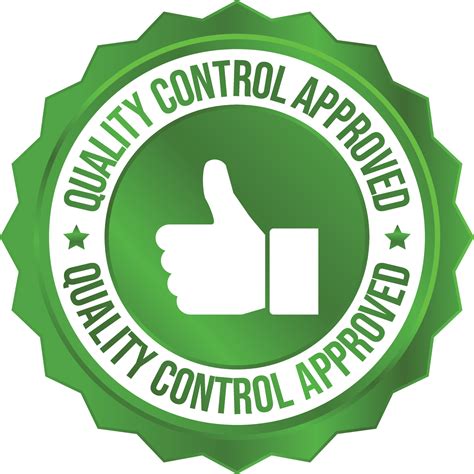
Active Recovery and Mobility
While rest is important, complete inactivity isn’t always the best approach. Active recovery, such as light cardio (walking, cycling), stretching, foam rolling, or yoga, can increase blood flow to muscles, reduce soreness, and improve flexibility without adding significant stress. Incorporating mobility work can also enhance range of motion and prevent imbalances, contributing to long-term performance and injury prevention.
Hydration is another non-negotiable component. Water plays a key role in nutrient transport, temperature regulation, and joint lubrication. Dehydration can impair performance and slow down recovery. Sip water consistently throughout the day, not just during workouts.
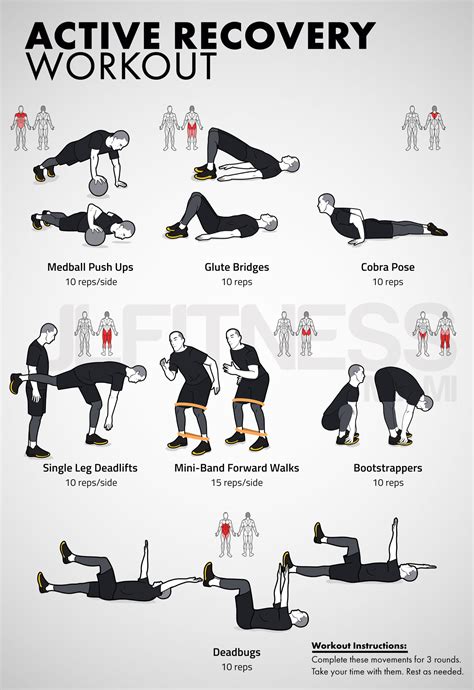
Beyond the Physical: Mental & Hormonal Balance
Recovery isn’t solely physical; mental and hormonal states are deeply intertwined with your ability to bounce back. Chronic stress, whether from training, work, or personal life, can elevate cortisol levels, a hormone that can break down muscle tissue and hinder recovery. Implementing stress-reduction techniques like meditation, deep breathing exercises, or spending time in nature can significantly aid in recovery.
Monitoring your body’s signals is also crucial. Listen to signs of overtraining, such as persistent fatigue, decreased performance, prolonged muscle soreness, or irritability. Sometimes, a deload week or a complete rest day is the most effective recovery strategy.

Integrating Recovery into Your Routine
To truly maximize muscle growth and maintain peak daily performance, recovery must be viewed as an integral part of your training program, not an afterthought. Plan your recovery strategies with the same dedication you plan your workouts. This means pre- and post-workout nutrition, prioritizing sleep, scheduling active recovery sessions, and actively managing stress.
Consider incorporating tools like cold therapy (ice baths) or heat therapy (saunas) if they suit your individual needs and are safely implemented. Professional massage or physical therapy can also offer targeted relief and accelerate recovery from intense periods of training.

Conclusion
Optimizing workout recovery is the cornerstone of sustainable progress in fitness. By diligently addressing nutrition, sleep, active recovery, hydration, and stress management, you provide your body with the optimal environment to repair, rebuild, and adapt. Embrace recovery as an active and essential component of your fitness journey, and you will not only unlock greater muscle growth but also experience sustained energy, improved resilience, and a consistently higher level of daily performance, transforming your potential both inside and outside the gym.






